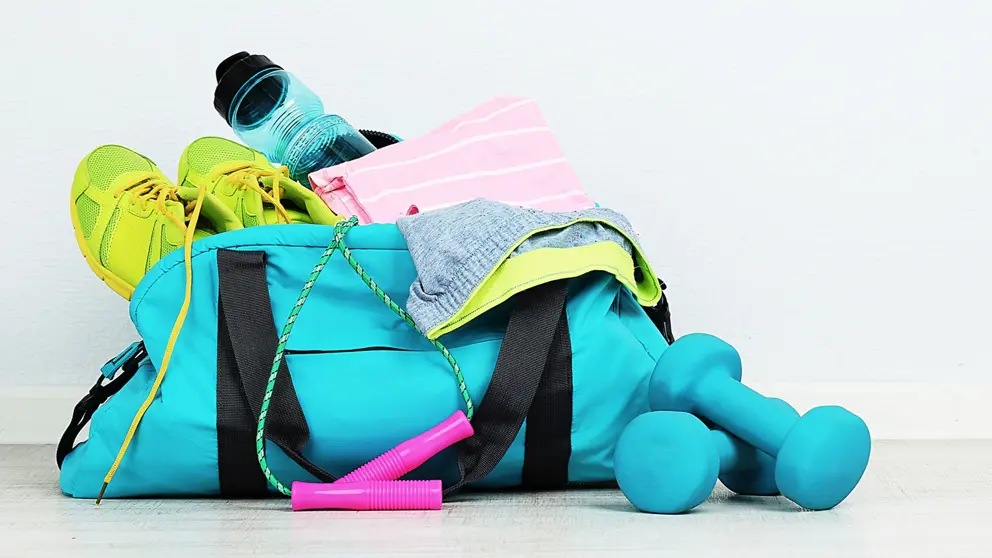Kevin Duffy was only 43 when he had a stroke.
It devastated the abilities on his right side and impaired his speech.
After spending four gruelling months relearning how to walk and talk in Trillium Hospital in Mississauga, Ont., he returned home to continue rehabilitation.
This was where the real journey to rebuild his life began — both physically and mentally.
“I take an hour and half for myself to do exercises five times a week. It’s all I think about in that time, so I do feel better,” said Kevin.
Kevin used to work with the Regional Municipality of Peel as a human resources operations manager, but no longer could. He was determined not to fall into a rut.
Kevin made a resolution to exercise. He uses a chair and resistance bands, and often exercises outside to soak up some vitamin D. Thousands of hours in physiotherapy later, Kevin has made incredible progress regaining his abilities with support from his family and friends. He now volunteers with the Heart and Stroke Foundation and enjoys supporting his family at home.
The connection between exercise and stroke recovery is strong, and Heart and Stroke researchers are redefining just how important exercise like Kevin’s can be.
Dr. Teresa Liu-Ambrose, director of the Aging, Mobility, and Cognitive Neuroscience Laboratory at the University of British Columbia in Vancouver, is investigating how resistance training (lifting weights) helps the brain recover from a stroke—not just the physical effects, but also improving cognitive function and even mood.
She hopes her research will lead to targeted exercise training that could improve outcomes for stroke survivors like Kevin.
For Kevin, the physical benefits of exercise are only half the story. On top of his home regimen, he attends a community rehabilitation program called Next Step twice a week. It’s aimed at people who have acquired a physical disability from a diagnosis such as stroke, Parkinson’s disease or multiple sclerosis.
“I do exercise there, but I also see people. We talk and have lunch,” said Kevin.
“It’s good to see other people going through it like you, and talk to them about it.”
Heart and Stroke has created a new online exercise resource for people living with stroke and their families. It’s full of useful information about rehabilitation and exercise after stroke, and provides links to a variety of community and home exercise programs to suit every situation.
